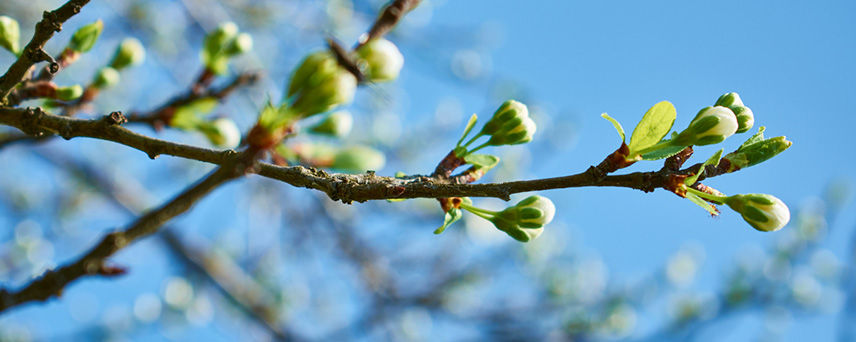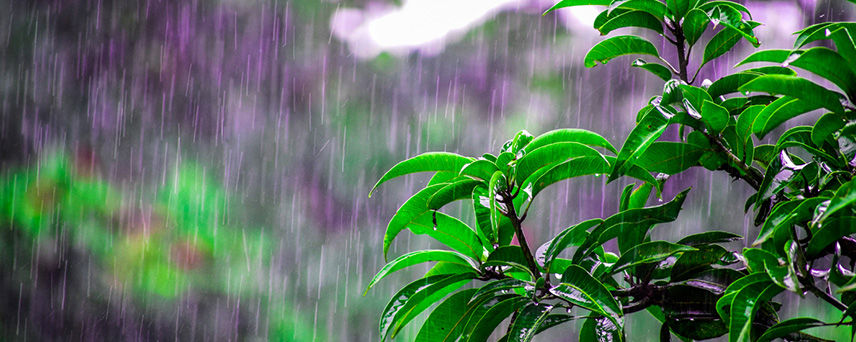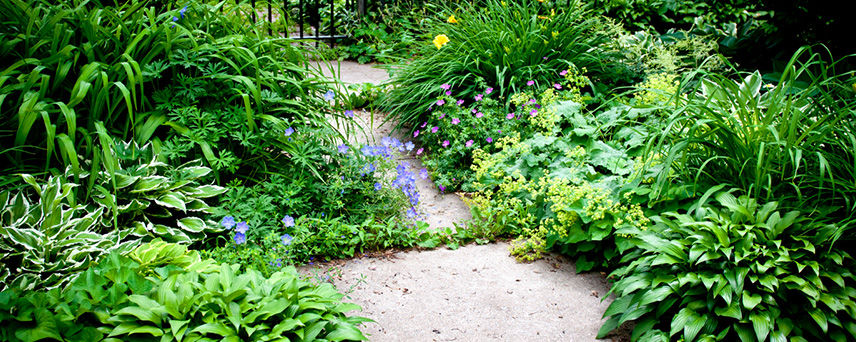Gardening on the Plateau
April 22, 2020
By Glenn Ubertino - M# 1234
Winter in Cashiers, NC is no joke. Temperatures regularly dip below freezing. It feels even colder when you factor in that our neck of the woods is considered a temperate rain forest. With an average annual rain fall of more than 80 inches, winter is just as wet as it is cold. Spring starts to poke its head out around late March and early April. The warm spring sunshine and bunches of early daffodils are harbingers of warm days to come, but don’t be fooled. It’s not unusual to see frost in late April. The high elevation means our weather patterns are more similar to those along the Tennessee border.

When old man winter finally packs up his things, the warm welcome of spring is intoxicating. Residents and landscapers alike will be out in full force, bringing the Plateau to life with bright green lawns, fragrant flowers, and gardens laden with colorful vegetables. Gardening in the mountains of Western North Carolina presents unique challenges.
According to the USDA, Western North Carolina lies in hardiness zone 7a, meaning an average minimum temperature of 0-5 degrees Fahrenheit. The last frost date for Zone 7 is April 15th, but here in Cashiers the rule of thumb is don’t plant anything until after Mother’s Day. Zone 7 is the sweet spot for gardening. The season is moderately long, allowing for a second planting if you plan it right. There are many other things to consider when planning a garden at your Cashiers home, such as rain, shade and native plants.
Rain

The above average rainfall in Cashiers can be a blessing or a curse. One one hand, it means less work for you. Your garden will thrive in the rich, moist soil. On the other hand, it is not unusual to get thunderstorms that come down hard and fast. If the rain comes down too quickly, the water will run off before the soil has a chance to absorb it. Don’t take the frequent rain for granted. You may need to water your plants after a sudden storm, just to make sure the water is absorbed. Heavy rain can also wash away the soil and the precious nutrients it contains. If the roots of your plants are exposed, add fresh soil or compost to cover them. The nutrients in the compost, or in your favorite fertilizer, will replenish what the rain washed away.
The force of the rain could damage your crops and drown your flower beds. If you allow standing water to remain, it could lead to rot. Use a bucket or even a water bottle to remove standing water from your beds. It may be necessary to implement a drainage system to prevent flooding.
Shade

One of the biggest perks of living in Cashiers is the thrill of living on the mountain tops, looking out over the breathtaking landscape. The unobstructed views also means your plants have unobstructed sunshine. Unfortunately, many of us are tucked into the valleys, where sunlight is a little more rare.
Don’t get me wrong. I love living in the valley. The waterfalls are magnificent and the rain run off creates the richest soil I’ve seen anywhere. But many fruit and flower producing plants struggle without bountiful sunshine. I’ve personally given up any hope of growing corn, sunflowers and tomatoes on my North facing property, but that doesn’t mean I’ve given up growing. There are many types of plants that thrive in shaded environments. For ornamental gardens and flowerbeds, choose leafy and evergreen plants. Use plants with a variety of color and texture to give your flowerless garden some character.
If you’re looking to plant vegetables, don’t fret! There are plenty of varieties that thrive in partial shade. Your best bet will be leafy vegetables, such as chard, spinach and other salad greens. Root vegetables also tolerate shade fairly well, but they will do better with at least half a day of full sun. Avoid vegetables that fruit from a blossom, such as tomatoes, peppers and squash. These plants require full sun to really thrive.
Another thing to consider when planting your shady garden is making sure your plants get adequate water and nutrition. While we may get a lot of rain here in Cashiers, the thick tree cover can prevent a lot of that rain from reaching the ground. Make sure your plants are thoroughly watered and use a thick layer of mulch to help the soil retain that moisture.
Native Plants
One of the most important things to consider when planning your garden, especially flower and ornamental gardens, is whether or not the plants are native to this area. The ecosystem in and around Cashiers is unique. There are some species of plants and animals here that cannot be found anywhere else in the world. When non-native plants and grasses are introduced, even in your own yard, it throws off the delicate balance.
Plants that are native to this area have evolved to thrive in this particular environment. They require less water and help prevent erosion because they have adapted to the volume of rain and the type of soil that is found here. They also help protect native populations of bees and butterflies. Bees and butterflies are drawn to flowers that they are familiar with. When you plant native flowers, it encourages our fluttering friends to pollinate, which benefits the entire ecosystem.
Cashiers is by far the most beautiful place I can imagine. The unique landscape presents very unique challenges that can test even the most seasoned gardener. But with a little luck and a lot of planning, your garden will be magnificent.